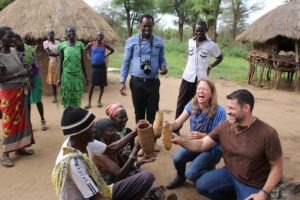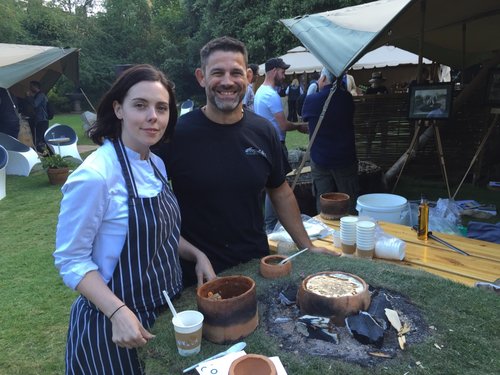
Research Agenda for the Food Evolution Project
Our current understanding of the human dietary past, informed through the prehistoric and experimental archaeological records, is the basis from which this program of study will be launched to develop strategies by which to blend the prehistoric technologies designed to increase the density and bioavailability of nutrients, with modern culinary techniques.
By conducting research with some of the leading chefs, bakers, cheese makers, brewers, butchers, and wild food experts from around the world, Dr. Bill Schindler will gain an understanding of the theory, goals, limitations, skills, techniques, and strategies to transform wild foods, foods traditionally seen as waste or at the margin of modern western cuisine (e.g. offal/nose-to-tail, root-to-stalk, wild foraged plants, insects, ancient grains, wild yeast, etc.) into foods that can be readily accepted by modern western diners.
This is a necessary step towards creating out-of-the-box, radical, viable, real-world solutions to difficulties facing human diet and health, sustainability and reconnecting people with their ancestral food roots and their environments. It is a natural extension of experimental archaeology and is an excellent way to apply this powerful research tool in meaningful ways that address modern issues facing humans throughout the world.

THEMES

Fermented Dairy
People in the past did not drink glasses of milk that way we do today. Instead, they fermented their dairy to increase the density and bioavaiabiity of nutrients, extend shelf life, and improve the taste and organoleptic quaities. Examples of fermented dairy products include yogurt, kefir and cheese. Pictured here are several types of cheese draining in molds at a traditional cheese-making course Dr. Schindler attended at the Italian Culinary Institute
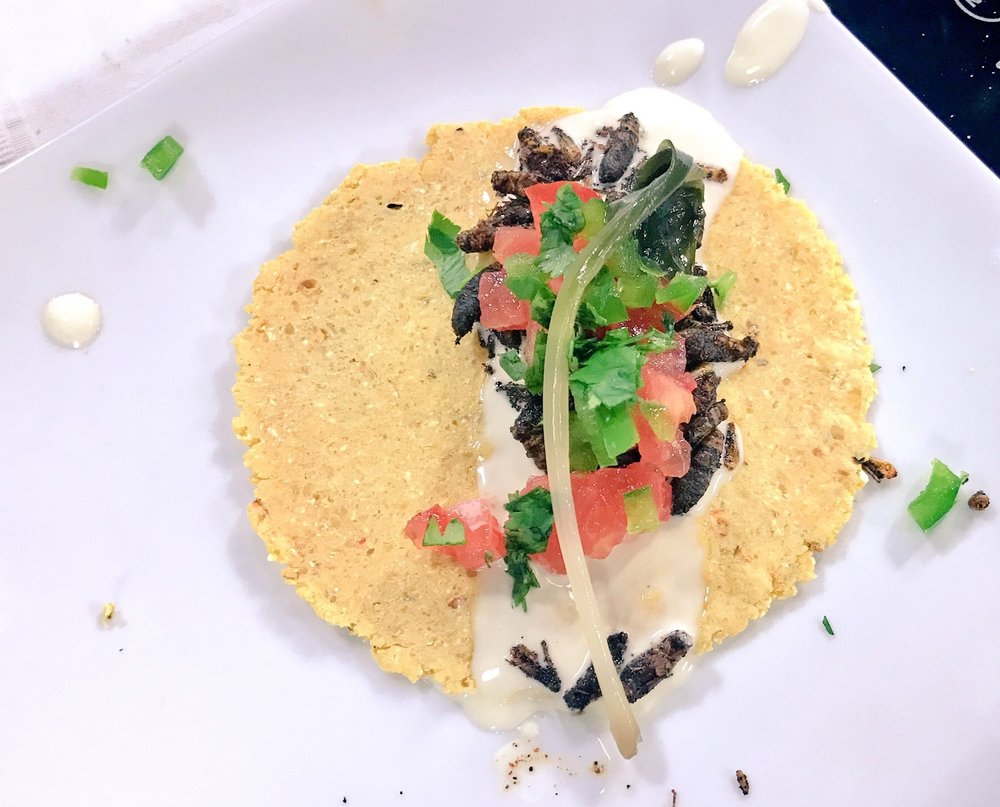
Entomophagy
Insects were certainly our ancestor’s first nutrient-dense food! While not regarded a viable food source in the modern western world many other extant cultures regard insects as an important component of their diet. Many insects are full of high-quality proteins and fats, are tasty, and are much more sustainable than raising large animals such as cows and pigs for food.
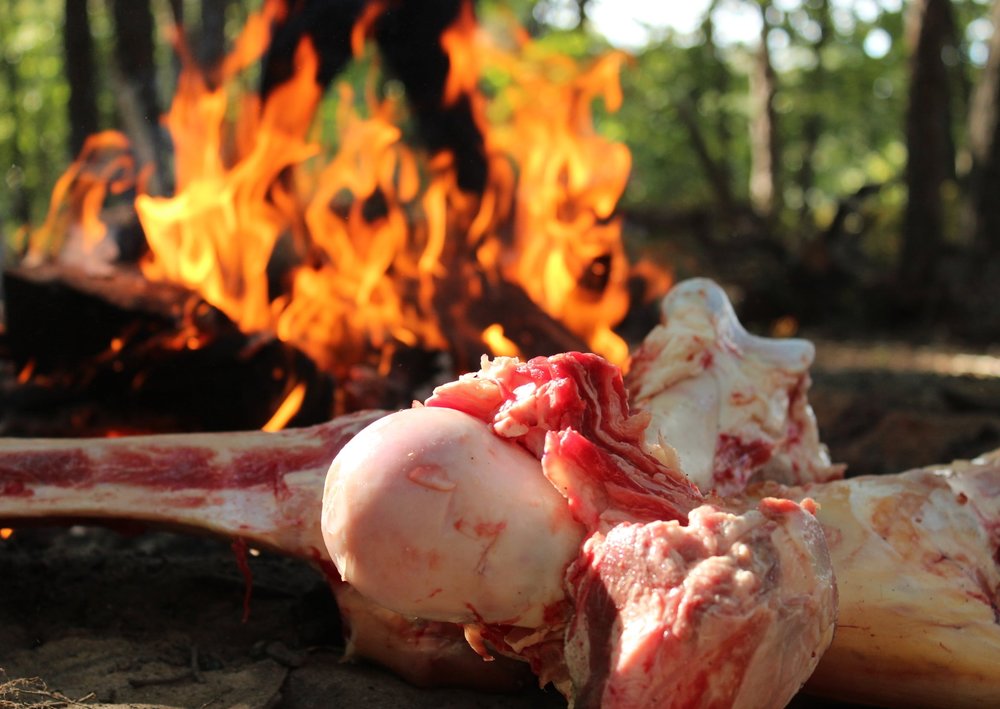
High Yield Butchering & Cooking
By weight, a disgusting low percentage of each animal killed for food in the modern western world is regarded as “proper food” and consumed. The remainder is made into pet food, a variety of products such as soap, and/or discarded. People in the past derived high quality nutrition from practically the entire animal. Plus, the flesh of the animal is the least nutrient dense meaning the parts discarded are the most nutrient dense.
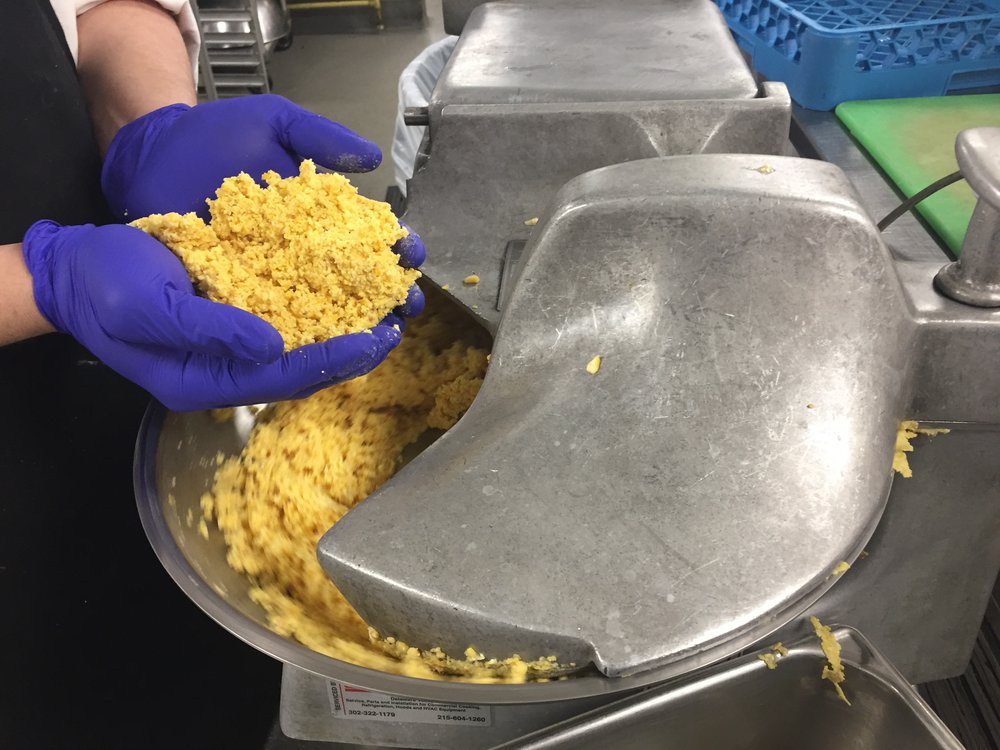
Nixtamalization
The ancient process of increasing the bioavailability of nutrients in maze (corn), an otherwise very difficult food for our bodies to process, through the use of lye. First invented by the Native Americans who first domesticated maze and used wood ash as a source of lye. Here Dr. Schindler is grinding nixtamalized maize in preparation to make tortillas.
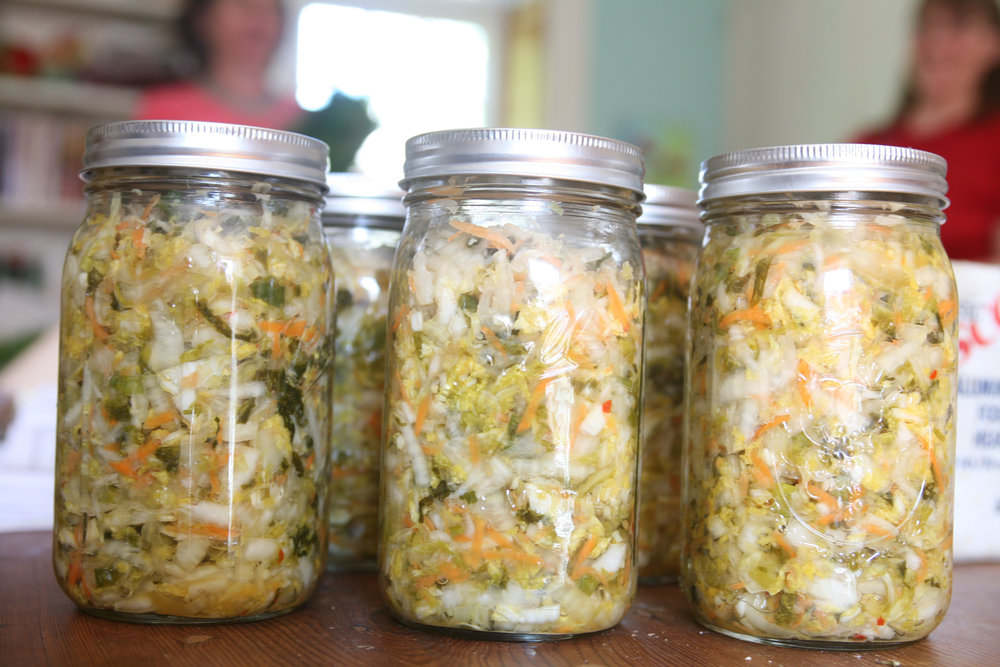
Fermented Vegetables
Wild Fermentation: Fermentation that relies upon wild bacteria and/or yeast specific to a particular place; Lacto-fermentation: Fermentation that relies upon lactic acid bacteria. Pictured here are jars of kimchi. It is an amazing and health way to celebrate terroir!
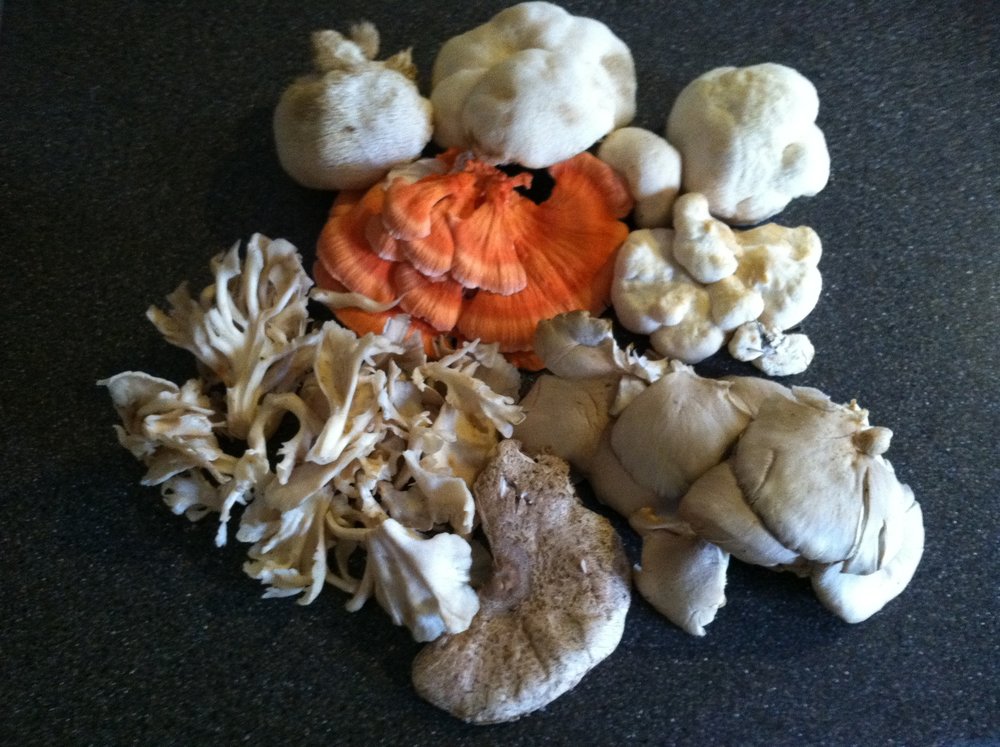
Foraging
Wild plants are more nutrient dense and nutritious than their domesticated counterparts. Plus they are free! However, almost all of the vegetables that we consume today are domesticated. We are only now beginning to truly appreciate all of the wild plants available to us and, to develop ways to celebrate their unique tastes and textures.

Fermented Bread
Long fermented sourdough breads are a complete different food than the commercialized “breads” available today. The act of slow, wild fermentation improves the digestibility and availability of nutrients, chemically changes the gluten, and improves the flavor, smell, and texture of the bread. It is also an amazing way to celebrate terroir!
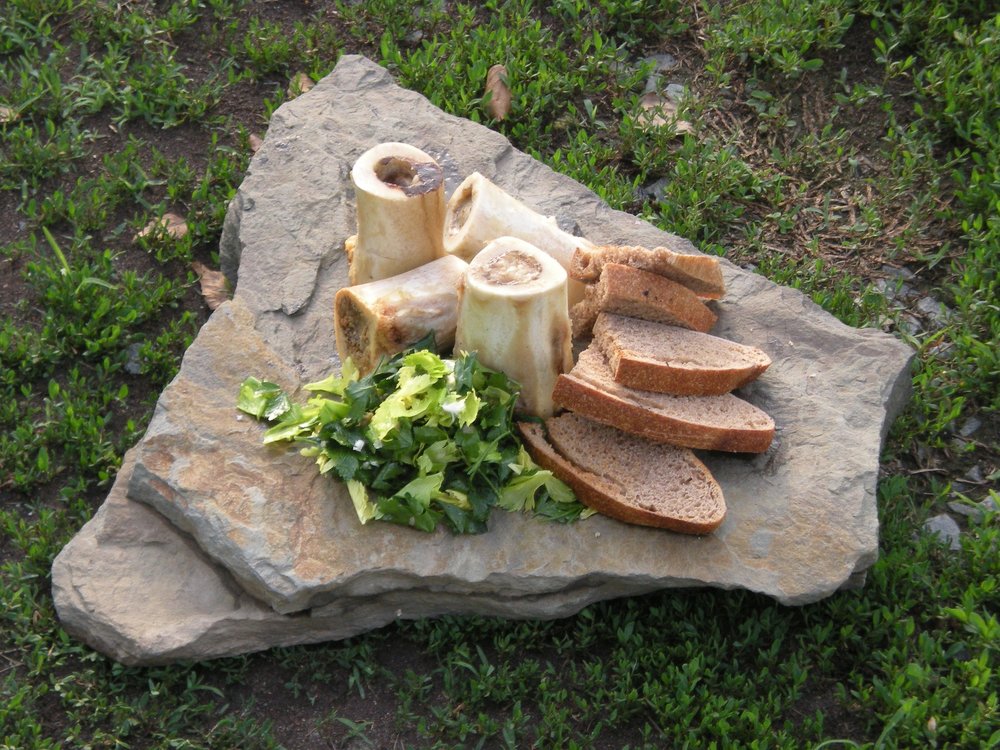
Terrior
The singular environmental conditions in a particular place, including soil chemistry, climate, and microflora, that contribute to the unique qualities of food and/or beverages produced in that area. An example would be the difference between San Francisco and Parisian sourdough breads.
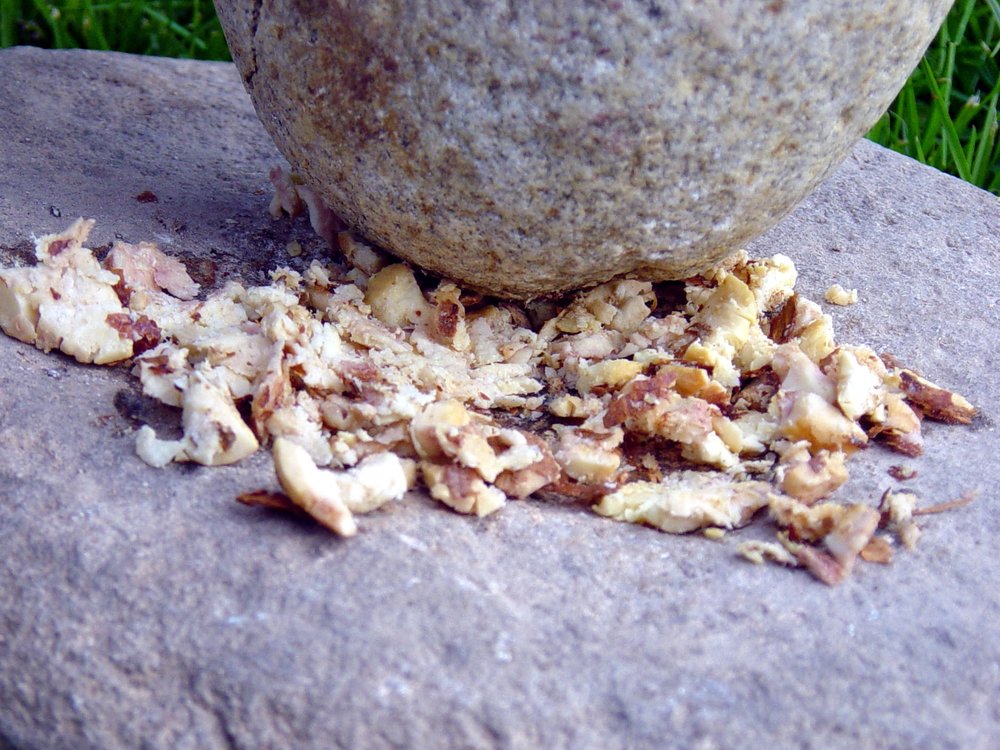
Geophagy
The practice of eating earth or soil-like substrates such as clay or chalk is an ancient tradition practiced for a variety of different reasons. People consume earth to detoxity plants, for its minerals and other nutritional components, and as a flavoring agent.

